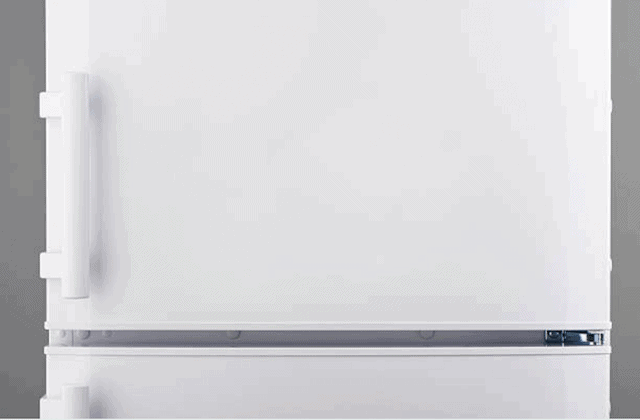
First-Class Duluth Appliance Repair is experienced in refrigerator repair in Duluth, including professional services to repair broken ice makers. Learn about some common ice maker failures below:
Refrigerator ice makers are perhaps one of the greatest inventions ever. An ice maker is a little luxury many people might take for granted. Refrigerator ice makers are simple machines that don’t feature a lot of parts that will go wrong with them.
Like with any appliance repair, there are a few basic things that should be reviewed before thinking the worst. And, remember, if necessary, you can replace your ice maker without replacing the entire fridge, dependent on the model. First, let’s review a few of the reasons for an ice maker not working.
When an ice maker is making ice but it is not ejecting it it is usually means there’s a mechanical issue versus an electrical failure. This occurs when shifting things around in the freezer, you accidentally push or pull the control lever up or down. Most of the time the ice maker will get blocked with something else, including a chunk of ice. First, look to see if there’s something blocking this from working properly.
Before starting the process of clearing out the freezer, be sure the ice maker is turned on. This can be done by pulling the control arm in the down position. Sometimes, moving food around in the freezer unit can put the control in the off position. If the the switch is free, then there may be ice jammed inside the ice maker or it’s not receiving a good connection.
Check the Control Arm
When the control arm is down and there’s ice but it is not dispensing it, there might be an electrical or mechanical problem. This is going to need a bit more troubleshooting. Ready to begin? First, we have to inspect the electrical connection. This can be unplugged from the back of the freezer when moving or shifting the food in the freezer.
To check this, unplug the freezer and move away from the kitchen wall. Turn off the water supply valve. Locate the valve on the back of the inside of the freezer unit. Essentially this is what connects the ice maker into the freezer. Be sure that it’s actually plugged in correctly.
Then, remove all of the ice that is inside of the ice maker itself. This can be completed by adding a small amount of water to help get the ice that is inside of there out.
Once this is done, turn on the power to the fridge and then turn on the ice maker. It might take the solenoid a couple of seconds to react and fill the mold. When the mold is 100% full, wait 4-5 hours or so to see if you’ve solved the problem.
Check for Frozen Lines
More ice maker issues that might cause your ice maker to not make ice are frozen water lines. The water lines might be clogged with frost. This is an easy fix.
First, unplug the fridge and locate the shut off valve. Shut the water off and then get a hair dryer to warm the water line or let the freezer sit shut off for a few hours until the water line is thawed.
There are some models that feature a water filter that can freeze or ice over. In these cases, locating the filter is the first step. Then repeat what was done for the frozen water line.
When your ice maker is not making big enough cubes of ice, there’s a problem with the ice maker settings. To adjust the settings, take the top part of the cover of the ice maker off and locate a simple control that displays plus and a minus signs. For this process, you might need a flat head screwdriver.
ADDITIONAL REFRIGERATOR RESOURCES
- Refrigerator Noisy
- Refrigerator Water Dispenser Not Working
- Refrigerator Not Cooling
- How Does a Refrigerator Work?
